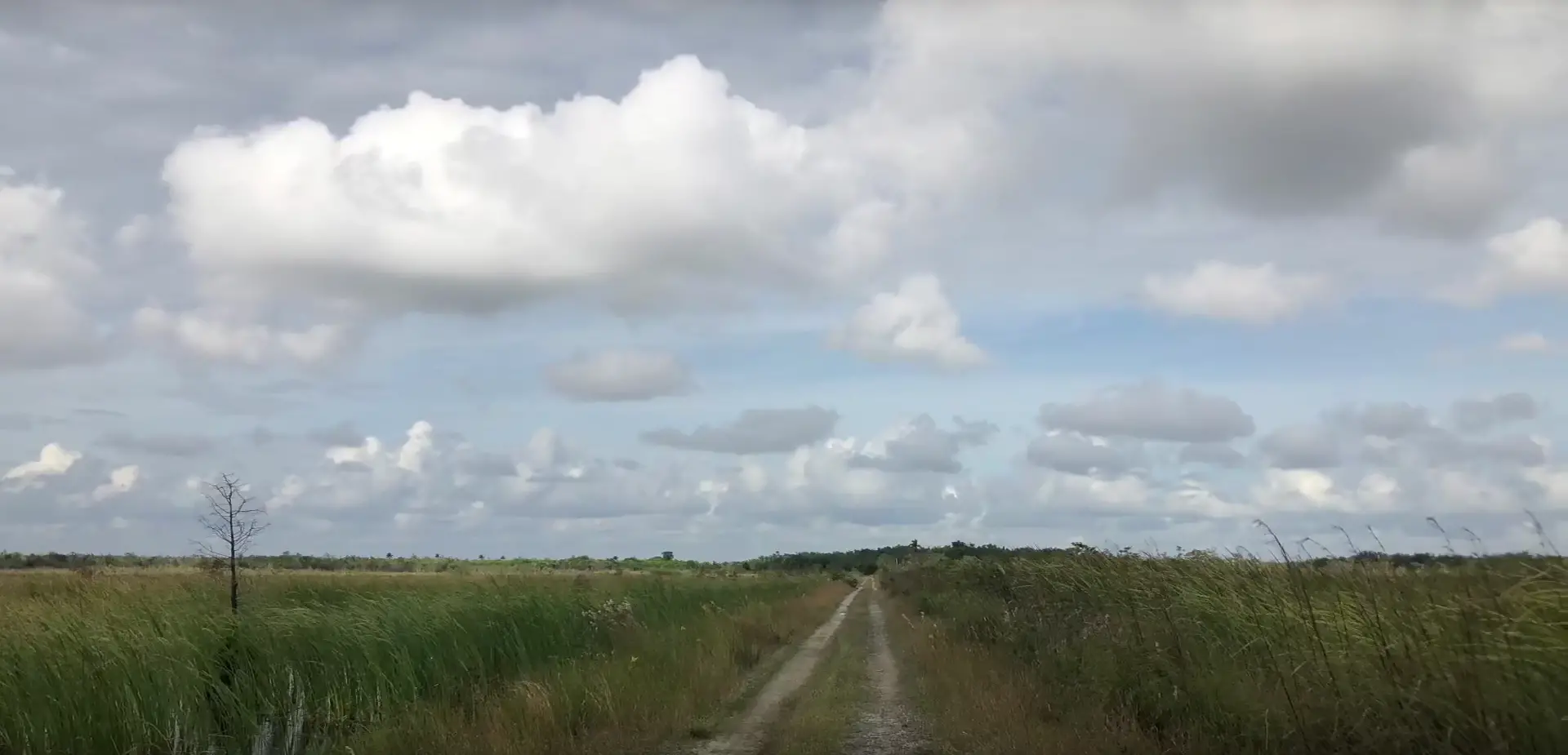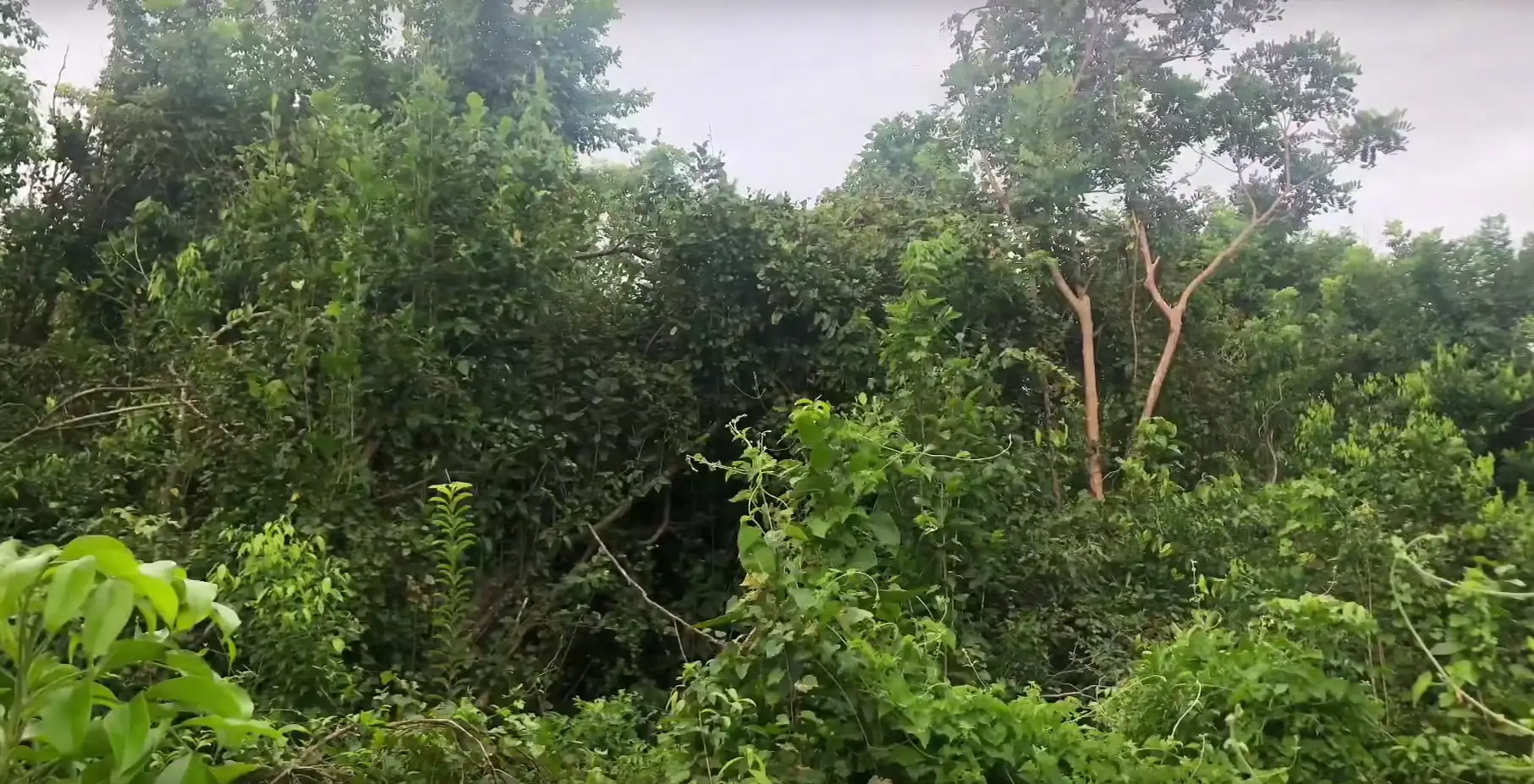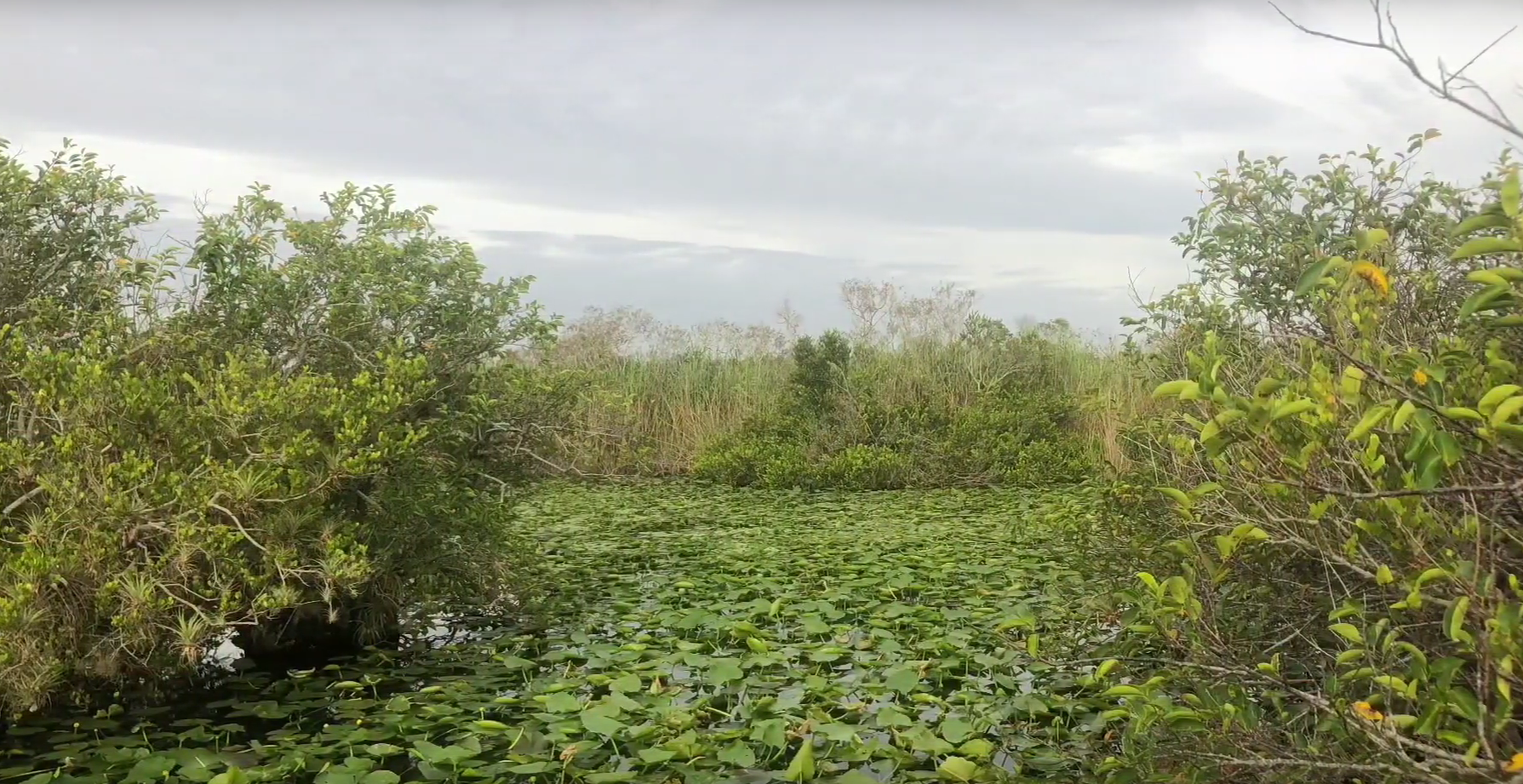
RV Camping in Everglades National Park
There is a prairie like land in Southern Florida that is uniquely special in its plant and animal population. Here you will find palms, mangrove, hardwood hammock, pine and cypress, beautiful orchids, water lilies, swamp and giant ferns. Kingfish, heron, pelican and ducks add feathers and wing to this subtropical landscape, while black bear, otter, deer and panther reside in dense tropical forests. Alligators and crocodiles inhabit this diverse wilderness, as do manatees, dolphins and sharks. Everglades National Park covers 2,000 square miles (over 1.5 million acres) and runs from Everglades City, Florida, on the Gulf Coast, to Cape Sable—the southernmost point of the United States mainland. It is the third largest National Park in America, and there is no other park like it. The park has both fresh and saltwater areas, and an ecosystem teeming with vibrant beauty and the like.
Table of Contents
About the Park
 Everglades National Park has three major entrances and four separate regions. From the Gulf Coast of Western Florida, travel east on US 41 and then south on US 29 to Everglades City. Enter the park here at the Ten Thousand Island Gateway. On the northern park boundary, the Shark Valley Visitors Center and entrance is located off US 41 (the Tamiami Trail), about 35 miles west of Miami. Ten miles southwest of Florida City and Homestead, Florida, via route 9336 from US 1, is the Everglades Main Visitors Center and Royal Palm Visitors Center. To reach the Flamingo region, follow the Main Park Road for about 38 miles. There are no highways that transverse this wetland wilderness—except the Wilderness Waterway. This “River of Grass” runs for 99 miles, from Ten Thousand Islands, at the Gulf Coast entrance, to trail’s end at the Flamingo Visitors Center. It is a shallow, slowly running river buried beneath high sawgrass and reeds. It is a 5-7 day journey by canoe!
Everglades National Park has three major entrances and four separate regions. From the Gulf Coast of Western Florida, travel east on US 41 and then south on US 29 to Everglades City. Enter the park here at the Ten Thousand Island Gateway. On the northern park boundary, the Shark Valley Visitors Center and entrance is located off US 41 (the Tamiami Trail), about 35 miles west of Miami. Ten miles southwest of Florida City and Homestead, Florida, via route 9336 from US 1, is the Everglades Main Visitors Center and Royal Palm Visitors Center. To reach the Flamingo region, follow the Main Park Road for about 38 miles. There are no highways that transverse this wetland wilderness—except the Wilderness Waterway. This “River of Grass” runs for 99 miles, from Ten Thousand Islands, at the Gulf Coast entrance, to trail’s end at the Flamingo Visitors Center. It is a shallow, slowly running river buried beneath high sawgrass and reeds. It is a 5-7 day journey by canoe!
Open year-round, Everglades National Park’s busiest time of the year is between December and April. The hot humid summer, with its swarms of mosquitoes and other insects, make camping pretty unbearable this time of year. No place in the park is over eight feet above sea level, as this is a land of sloughs, marsh and jungle. The park may appear prairie like, but under the vast saw grass lays the brackish waters of the Everglades. The awesome beauty of the park centers on its magnificent diverse flora and fauna. Their abundance and variety stagger the imagination! It is the only national park that has been designated both a International Biosphere Reserve and a World Heritage Site.
Park Recreation and Activities
There are many exciting things to do and see in Everglades. Allowing the wet environs, many activities are centered on the waters. Both fresh and saltwater fishing are outstanding in Southern Florida. Houseboats are available for rent at Flamingo Lodge, and canoes at Flamingo and Gulf Coast Visitors Centers. Canoe Trails offer fantastic wildlife watching opportunities. For the more adventurous, the 99-mile Wilderness Waterway is a good 5-7 day trip through the everglades. There are also tour boats and charter fishing trips available.
Although in some areas park roads are under water during the rainy season, excellent roads, trails and boardwalks provide some wonderful sightseeing and wildlife viewing. An 80-mile scenic drive, from Royal Palm Visitors to Flamingo, on Florida Bay, and return, gives visitors a great example of Everglades’s wonders. Many well-maintained trails lead from Flamingo, Shark Valley and Long Pine Key and give hikers and walkers unique Everglades adventures. The Park Service also has a number of excellent programs and activities available to park visitors.
Park Campgrounds and Facilities
Camping facilities in Everglades National Park are limited. There are three park campgrounds–none provide RV hookups. Open all year, reservations (1-800-365-CAMP) are recommended during the winter period (November-April) and will be accepted up to five months in advance.
Long Pine Campground has 108 sites for tents and RVs, and is located near the main entrance. It offers restrooms, water and a dump station. Flamingo Campground is located near Flamingo, at the end of the Main Park Road. It has 234 sites, cold showers and two dump stations. There are group camps at all three campgrounds. Chekika Campground is a small 20-site facility located north of the main entrance, on SW 168 Street, which is off State Road 997. (As of this writing, Chekika is closed due to hurricane damage.) It has water, hot showers and a dump station.
Backcountry camping in Everglades is an unforgettable experience. The park provides 47 designated wilderness campsites, near rivers and bays. All overnight camping requires a wilderness permit from the major park visitor centers. Wooden platforms with roofs, called chickees, keep campers out of the water and off the ground. Elevated ground sites and beach sites are also available.
Area Private RV Parks
There are excellent private full-service campgrounds in or near the towns that surround the park. On Chokoloskee Island and at Everglades City, Florida, the Gulf Coast Area, some RV parks have boat rentals, fishing and guided tours. In Southeastern Florida, at Homestead and Florida City, full-service RV parks offer numerous amenities. The Florida Keys area also has its share of RV parks, as well as many planned outdoor activities for visitors.
Everglades National Park is a fragile subtropical ecosystem that is threatened by human encroachment and over population on its borders. It is currently on the National Parks Conservation Association’s endangered park list. The everglades water cycle has been disrupted, and pollutants have contaminated its waters. Many of its wonderful animals have declined in number, while some are now extinct. Serious efforts are underway to correct these problems, but only time will tell if they are rewarded. There is no place on earth like this fabulous land. Let’s hope that our grandchildren will also be able to enjoy its rare beauty and amazing variety of living things!


